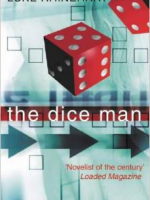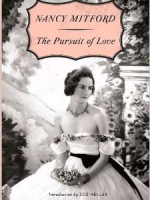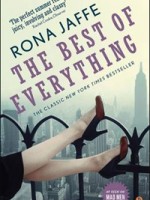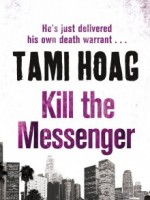(Published by Penguin Modern Classics)
 |
Sometimes the most fascinating literary crimes are the ones that happen for real. Forget the cult of celebrity and Hello magazine, nothing grabs the public attention faster than real-life murder. Even more so if at first it appears to be motiveless. Truman Capote was handed the guts of a brilliant script when he decided to write about a particularly vicious killing that shattered the middle American dream.
In the small Kansas town of Holcomb in 1959, the Clutter family were brutally slain by unknown assailants who appeared to vanish into thin air. Herbert Clutter was an upstanding member of the community, a hard-working teetotaller, his wife a timid woman who suffered with her nerves. Their teenage son Kenyon was a quiet loner, daughter Nancy was a popular all-rounder. The murder was ugly – Herbert Clutter was stabbed in the neck, his son bound and shot in the basement, his wife and daughter shot in their beds. Right from the start Capote builds up the sense of community in a close-knit sleepy town so that when the murders are discovered, everyone knows the victims and the impact is brilliantly conveyed.
But before the murders take place, we are introduced to their killers. Perry Smith and Dick Hickock, two ex-con drifters, appear early on discussing their impending crime with disturbing detachment. The story veers between the various perspectives. It builds to the murders, shifting the story from the perspective of the Clutters to the two killers. After their deaths, the town is in shock and the police are baffled. Smith and Hickock begin a messy period on the run and the narrative switches back and forth between them and the detectives trying to solve the case. It’s difficult to maintain this level of tension throughout the book, but Capote pulls it off. Even though we know that the Clutters get killed and that the men are eventually caught doesn’t lessen the pitch of the drama.
Interestingly, Capote has been accused of glossing over the motivations behind the crime. While the book reveals who actually committed the actual murders, the reasons behind it not fully explored. In his book, journalist and writer JJ Maloney, who himself did time for murder and robbery, wrote at length about Capote’s motivations and what he actually believed happened. In an article entitled ‘In Cold Blood: A Dishonest Book’ Maloney delves into the personal relationship between the two killers and believes the robbery of the Clutter home turned into murder because of a psycho-sexual connection between the two criminals. Interestingly enough, Capote, himself openly gay, never explores the issue of their alleged homosexual relationship in the book.
As an anatomy of crime or fictionalised non-fiction, it is a riveting piece of work. The two narratives of victim and killer running parallel are unnerving. It’s quite a difficult book to read from an emotional perspective and only the stoniest of hearts could fail to be moved. An engrossing critique of a vulgar crime. Excellent.



